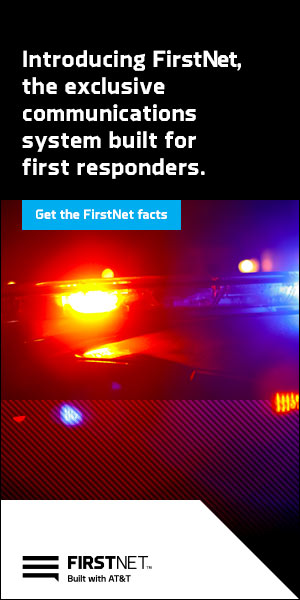Disasters, terrorist attacks, and network outages have demonstrated the limitations of the 9-1-1 system. Emergency communications centers that remain focused on 9-1-1 as the singular emergency reporting channel fall short of providing a comprehensive emergency response solution in their communities. A change is required to adapt to the modern means of communications, such as text and picture messaging, livestream video, crowdsourcing, apps, sensors, and social media. This thesis reports on the actions taken to transition an emergency communications center into a multi-channel environment capable of building resiliency, and provides supplemental reporting channels, creates situational awareness, and builds more efficient workflows. Using business model generation and lean strategy methodology, this thesis provides a model for implementation strategies and proposes a bottom-up approach to meet individual community needs. This thesis recommends a pathway to shift the culture and strategy in carrying out the mission of emergency communications and responding to requests for emergency services.
Public Sector Grants Announcements
WEBINARS
Protecting 4.9 GHz for Public Safety
Learn about current efforts to continue to protect the 4.9 GHz Band for public safety as well as recent filings, key decisions impacting these efforts, and how you can support PSSA’s initiative to protect the 4.9 GHz band for public safety.Recent Posts
- Columbia County looks to give dispatchers a pay bump (AR)
- Some Shawnee County dispatchers to soon see a ‘temporary retention incentive’ (KS)
- Committee advances Senate File 57 to require 911 outage reporting framework, adds Public … (WY)
- SLO County touts improved public safety with opening of new dispatch center (CA)
- Will New Bonuses Keep Honolulu’s 911 Staff On The Job? – Civil Beat (HI)


